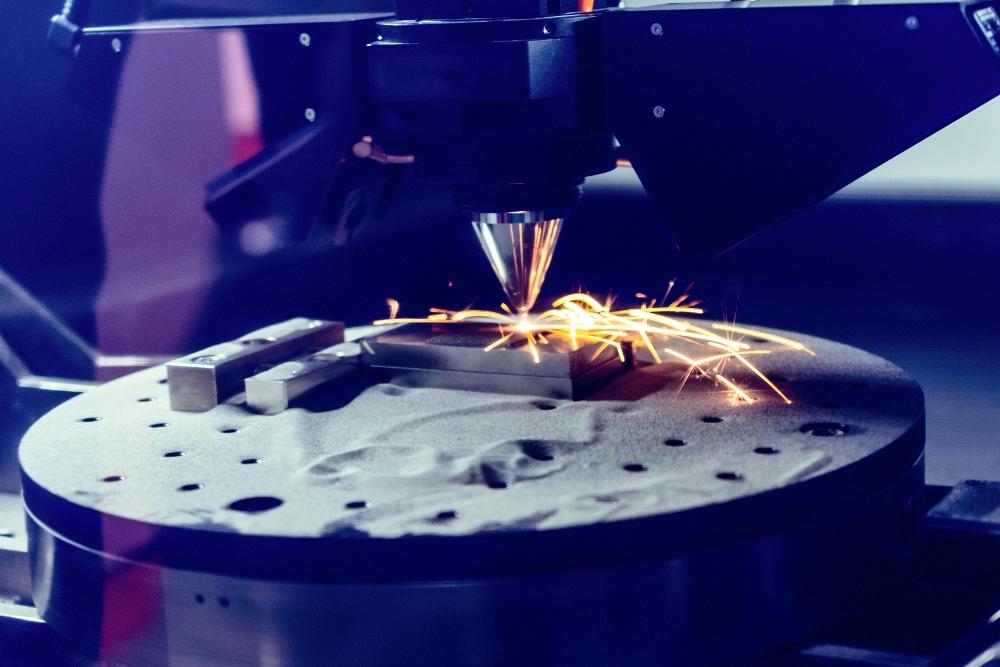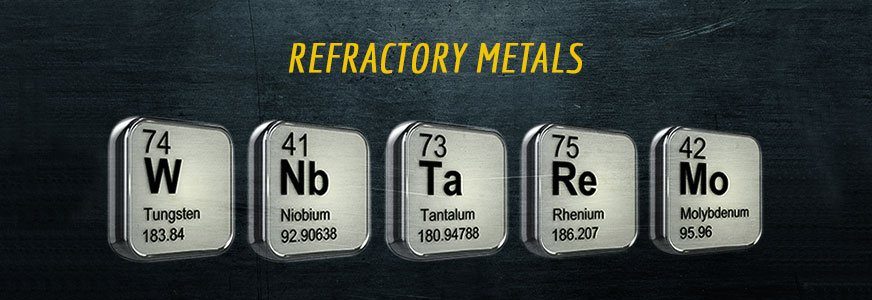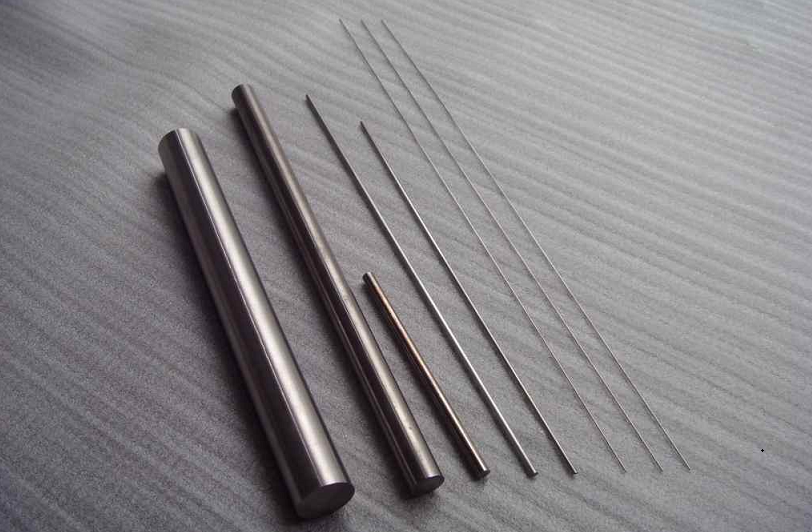Types of High Temperature Refractory Metal Materials in Laser Forming

Types of High-Temperature Refractory Metal Materials in Laser Forming
Refractory metal materials with a high melting point and special properties have been developed as high-tech materials. Due to the high melting point and high-temperature strength, the smelting process of these materials is very difficult, and most refractory alloys are manufactured by powder metallurgy.

Refractory Metal Materials
With the requirements for forming complex structures of refractory materials, reducing costs, and improving efficiency, traditional powder metallurgy processes have also shown their shortcomings: expensive tooling molds, complex processes, and difficulty forming complex three-dimensional solid parts. In this case, the use of additive manufacturing to achieve refractory metal forming has become an effective way.
Among the commonly used materials for metal additive manufacturing, the melting point of titanium metal is high, reaching 1660 ℃. The melting point of refractory metals is 1000-2000 degrees higher than that of titanium. Even if laser molding is used, there are certain difficulties. With the upgrading of laser forming equipment, the advancement of pulverizing technology, and the continuous increase in demand for materials, laser forming of refractory metals has been gradually carried out, and so far, great progress has been made.
Tungsten and Tungsten Alloys
Tungsten has a melting point of 3400 ℃. It is the metal material with the highest melting point, and it has high-temperature strength and creep resistance, as well as good thermal conductivity, electrical conductivity, and electron emission properties.
Tungsten and tungsten alloys are widely used in the electronics and electric light source industries, as well as in the aerospace, casting, and weapons sectors for the manufacture of rocket nozzles, die-casting molds, armet-piercing shell cores, contacts, heating elements, and heat shields.

Tungsten Alloys
The 3D printing process for tungsten materials is mainly SLM. In 2014, Philips developed a pure tungsten SLM process using EOS metal machines and applied it to high-precision component manufacturing on X-ray fluoroscopy equipment (such as CT / PET / SPECT).
In addition, GE has developed a tungsten material molding process using electron beam melting technology and applied it to X-ray and CT scanner filters. The Central Iron and Steel Research Institute used EOS equipment to carry out research on the forming process of pure tungsten powder in recent years. 3D printing is an effective method for the finishing of difficult-to-machine materials such as tungsten.
Niobium-based Alloy
Niobium alloys have good resistance to blood corrosion and can be used to make vascular stents. At the same time, due to their small specific gravity, high strength, good toughness, easy welding, etc., they are also important materials for manufacturing high-temperature parts for aerospace. The melting point of pure niobium is 2470 ℃, but the author failed to find relevant reports for the development of the 3D printing process for pure niobium.
In 2014, U.S. space component supplier Metal Technology (MTI) announced the successful development of a niobium-based alloy 3D printing process called C-103 using 3D Systems' ProX 300 printer. This material has a melting point of 2350 ° C. It has excellent heat resistance, is lightweight, has good reliability, and has the ability to withstand strong vibrations and low temperatures, which is widely used in aerospace.
The C-103 niobium-based alloy was first used in the NASA Apollo command module. MTI developed a 3D printing process for this material, which opened the door for obtaining space parts orders from customers such as Lockheed Martin, Moog, and NASA.
Tantalum
Porous tantalum, also known as trabecular metal, has been used safely in the medical field for many years. It does not interact with pacemaker electrode foils and does not transmit X-rays, which can be used for skull repair. In recent years, tantalum rods have been used as early treatments for total myeloid and knee implants, spinal joint implants, and osteonecrosis.

Tantalum Metal
Tantalum is a refractory metal with a melting point as high as 2996 ℃. Its 3D printing process is difficult, and it has high requirements for powder performance, laser melting parameters, equipment stability, powder coating quality, and printing accuracy.
In 2016, the British company Metalysis developed metallic tantalum spherical powders and carried out 3D printing and medical research, which proved the effectiveness of tantalum powders in SLM manufacturing medical implants.
Molybdenum
Molybdenum has excellent physical, chemical, and mechanical properties and is often used as a material for glass processing, aerospace, and high-performance electronic components. Compared with other refractory metals, the density of molybdenum is much lower, which indicates that the specific strength of molybdenum is higher, which brings practical results for applications requiring weight reduction.
In 2018, Oak Ridge National Laboratory (ORNL) successfully used the Renishaw laser melting system to achieve the radioisotope molybdenum-99 (Mo-99) molding. As the most commonly used radiographic isotope in modern medicine, 3D-printed Mo-99 has become an important step in the commercial production of medical care materials in the United States. At the same time, this is also the first time that 3D printing has ever formed radioactive materials.
Whether a metal material can be laser melted or not cannot only be determined by its melting point, and it also has an important relationship with the material composition and material properties.
Conclusion
Thank you for reading our article and we hope it can help you to have a better understanding of the types of high-temperature refractory metal materials in laser forming. If you want to know more about refractory metal materials, we advise you to visit Advanced Refractory Metals (ARM) for more information.
Headquartered in Lake Forest, California, Advanced Refractory Metals (ARM) is a leading manufacturer & supplier of refractory metals across the world. We specialize in providing high-quality refractory metal products like Tungsten, Molybdenum, Tantalum, Rhenium, Titanium, and Zirconium to customers.
{{item.content}}
LEVE A REPLY
{{item.children[0].content}}
{{item.content}}






